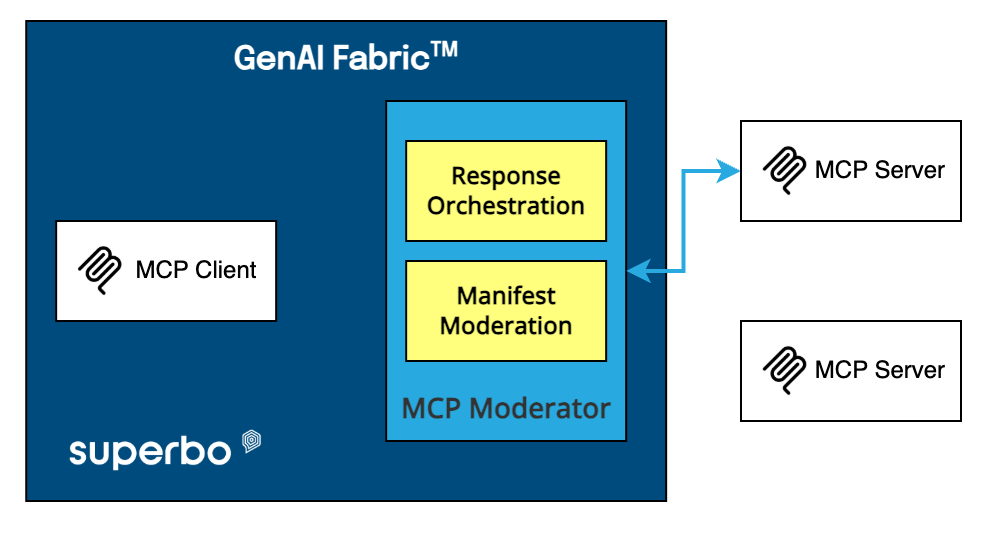The debate around roles needed in a Conversational AI projects dates back to their beginnings. Yet no ultimate conclusion has been reached so far and the approach keeps evolving together with the field itself. Lately, I have seen returning discussions on how Conversation Design matters in the context of GenAI and Agentic workflows. Why can’t we embrace it in technical roles and let developers design the bot while actually building it? As a team member dedicated to coordinate Conversational Design process I wanted to show the growing value of “human touch”, where exactly Conversation Designers step in and how our work stays crucial to build a professional Conversational AI product.
On the 30th of November 2022 the world saw how far GenAI can go and it was unquestionably impressive. Mimicking human responses is a civilizational breakthrough that is fascinating to explore and play with it. It’s business value however only starts when we give choose to it a purpose and make it reliable. What clients actually need from Gen AI help in optimising interactions or automating the achievement of specific goals. Linking these two worlds: Natural Language Processing and Business is where Conversation Designers step in and use their human experience or intuition to make choices that are complex and never repetitive – therefore impossible to be automated. This is when customers’ return on investment is settled and business value comes to play. This sometimes challenging and time-consuming process can be narrowed down to answering one and fundamental question “what this bot should be good for?”.
Still, one does not need to be a professional designer to select use cases that will be best for Speaking AI to support. It’s enough to keep them simple and repetitive. But with all the potential and flexibility that Agentic workflows represent isolating and handling these use cases paradoxically makes it more complicated than ever. The questions to answer multiply and become trickier: How nuanced the interaction needs to be to stay efficient? How much disambiguation is enough to isolate a use case? Where the use cases overlap and how? How much scaling potential they represent? And eventually, do we now have to triage every query? When is the moment that bot should give up and transfer to a human? Is there a moment like this anymore? Only after having answered these questions one can define the bot’s role and estimate the true value it would bring to the organization.
At the stage when we know what is to be done the question remains how to do it. Decomposition of tasks and thorough planning will help to further explore the use cases, outline decision making process, and the sequence of actions needed to meet the goals. Here the designer switches from business to technical environment and starts doing the usual balancing and optimising but on the use case level. What information must be elicited from the user to meet the goal? How do we do this? How to structure this knowledge and teach the bot to use it efficiently? What is known? What needs to be found out? What user’s motivations or fears drive the interaction? Quality designer’s work at this stage will pay back in the level of overall “smartness” of the bot, reducing irrelevance, repetitiveness and redundancy to minimum. It is also important to embrace the previous business expertise here: spot use cases’ overlaps and consider ground for future developments. Scaling and long-term planning is particularly important for large projects. In my personal opinion it is a key factor for professional and quality Conversation Design.







